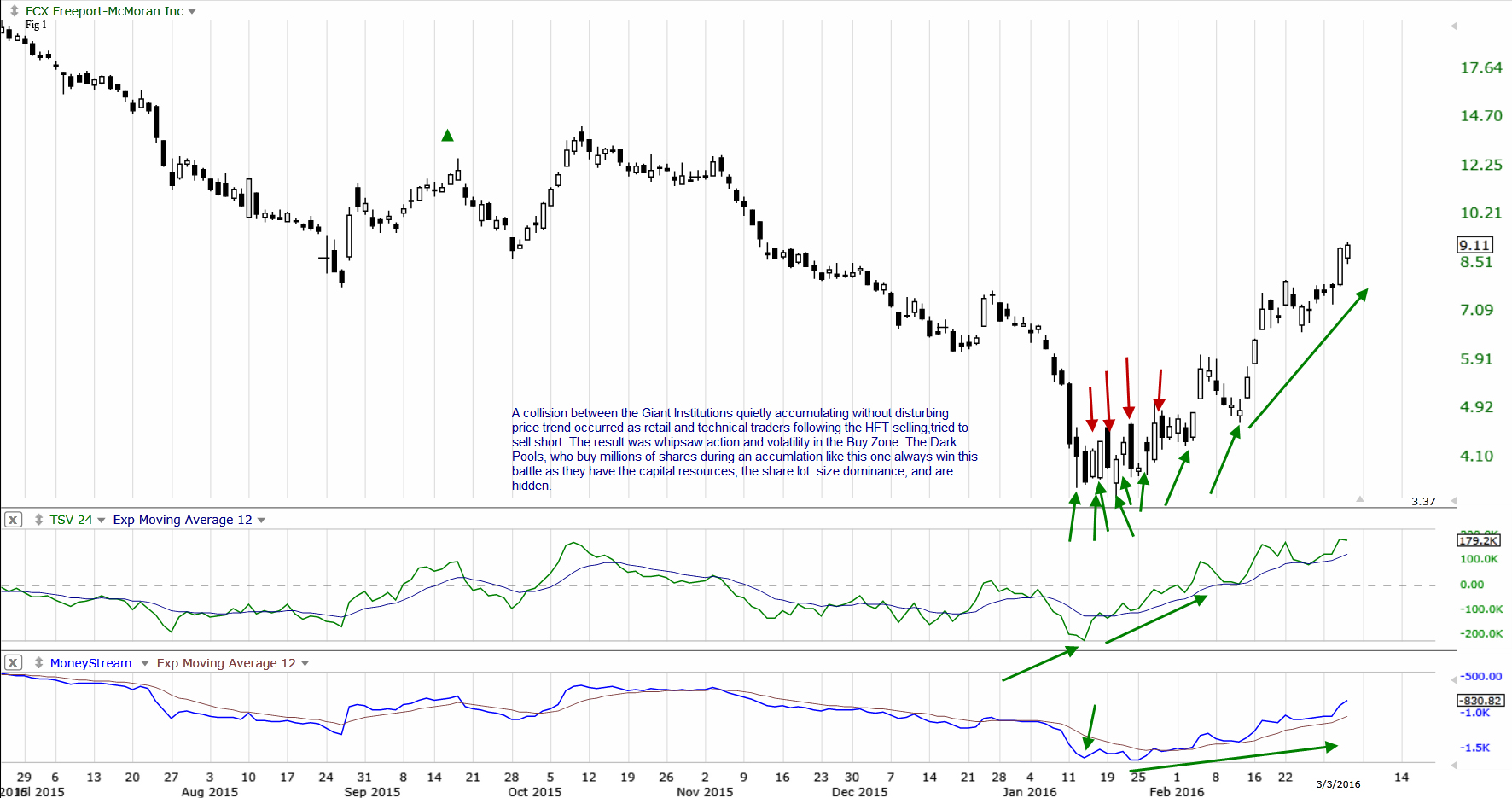Many Retail Traders do not realize that there are 9 Market Participant Groups in the Stock Market today. Here is a list of those groups:
- Giant Buy Side and Sell Side Institutions: These control 90 trillion dollars in assets worldwide and manage Mutual and Pension Funds. The Sell Side Institutions creates Stock Derivatives such as Options, Exchange Traded Funds ETFs, Exchange Traded Notes ETNs, E-Minis, underwrite IPOs, and sell Block orders to the Buy Side Institutions.
- Wealthy Families and Individuals: There are currently 10 million billionaires in the world and these wealthy families invest and trade the Stock Market in a specific way.
- Corporations: US and foreign corporations own a surprising amount of outstanding shares of stock in smaller companies for Merger or Acquisition purposes, or are doing a Buyback of their own shares.
- Professional, Proprietary, and Independent Traders: These Professionals either work for an institution, bank, financial service company, or for themselves and make triple digit incomes.
- Smaller Funds: These are the local mostly franchised operations that you have in your neighborhood.
- High Frequency Trading Firms HFTs: These are seldom individuals, due to the enormous cost for high speed computing and direct connectivity to the exchanges.
- Retail Traders: Trade for themselves but have a 40-50% success rate and earn meager incomes.
- Independent Investors: Invest for themselves using AAII, IBD, or other long term investment advice and strategies.
- Odd Lot Investor: These are a new type of Independent Investor who has scant knowledge about how the stock market really works.
What makes each Market Participant Group unique are the following:
- The typical Share Lot Size they use: A Giant Lot size is over 100,000 shares, and a Small Lot size is 100-500 shares.
- The Order Types available to them: As an example Giant Funds use Time Weighted Average Price TWAPs, and Smaller Funds use Volume Weighted Average Price VWAPs. There are innumerable types of orders that are not available to the Retail Trader and Independent Investor.
- The Venues available to them: Buy Side Institutions and Wealthy Families tend to use Dark Pools which are off the exchange, delayed order transactions.
- Their Intent of the Purchase or Sale.
- Their Experience, Expertise, and Education.
- The Routing Capabilities: As an example the Securities and Exchange Commission SEC states that most Retail Trader orders are filled by their Broker, and never get to the Exchanges.
- The Speed of Execution: High Frequency Trading Firms HFTs trade on the millisecond, firing off as many as 90,000 trades a minute. Whereas the typical Dark Pool order takes 10 minutes to fill, because the orders are so large.
- 8. Whether they are Liquidity Makers or Liquidity Takers.
- WHEN during the trading day they Buy or Sell: As an example Block Orders tend to transact 2-5 hours before Market Open. HFTs tend to trade only the first 10 minutes of the day after Market Open.
- Access to Critical Information: The fact is that the retail crowd receives information last, often days after the Dark Pools and Professionals have received it and have acted on that information.
To succeed as a Retail Trader it is important to know which of these groups you are trading with, and which you are trading against. If you are trading against a giant Buy Side Institution who is buying while you attempt to Sell Short, your trade is extremely high risk regardless of where you place the stop loss.
Buy Side Institutions who are using Dark Pools have specific Buy Zones™ that trigger their Time Weighted Average Price TWAP orders. Unfortunately most Retail Traders do not use the proper indicators to track the Dark Pool activity, and also most do not know what Candlestick Patterns to look for in order to identify them when trading stocks.
See the chart example below for Freeport-McMoran Inc. (FCX: NYSE).

This is a stock many Retail Traders attempted to Sell Short during January 2016, when the markets were running down. However a Dark Pool Buy Zone™ developed and the result was whipsaw action day to day, and what most Retail Traders call “volatility.” In actuality what happened is the retail crowd and Smaller Funds were selling, and collided with the Dark Pools quietly accumulating. Consequently this combination was the cause of the “volatile” price action.
Trade Wisely,
Martha Stokes CMT
TechniTrader technical analysis using TC2000 charts, courtesy of Worden Bros. Inc.
Disclaimer: All statements are the opinions of TechniTrader, its instructors and/or employees, and are not to be construed as anything more than an opinion. TechniTrader is not a broker or an investment advisor; it is strictly an educational service. There is risk in trading financial assets and derivatives. Due diligence is required for any investment. It should not be assumed that the methods or techniques presented cannot result in losses. Examples presented are for educational purposes only.




